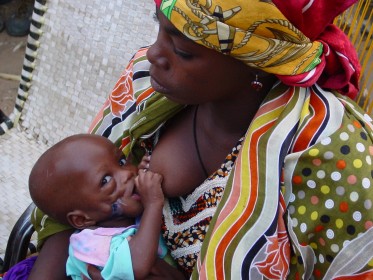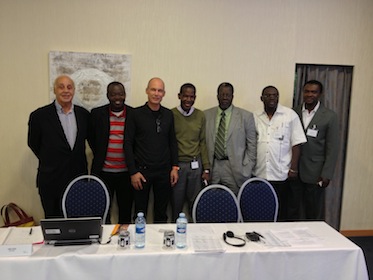- c/o Winds of Hope Foundation, Ch. de Montolivet 19, 1006 Lausanne, Suisse
- +41 (0)21 320 77 22
- info@nonoma.org
« We must follow our true vocation, which is not to produce and consume to the end of our lives, but to love, admire and care for life in all its forms. » Pierre Rabhi
Collaboration between members
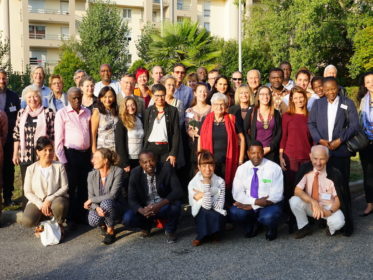
The Federation is studying and considering the possibility of using other means of communication such as mobile telephony for the circulation of information and photos, or for sounding alerts, following procedures already used in conflict zones.
Human rights
At the initiative of Winds of Hope and with the support of the NoNoma International Federation, Mr. Jean Ziegler, Representative of Switzerland to the Advisory Council on Human Rights, carried out a study on the relationship between severe malnutrition in a population and childhood diseases, in terms of the infringement of the child’s human rights.
In this study, noma was chosen as an emblematic disease and given recognition as being the absolute marker of extreme poverty.
This study was the subject of a resolution adopted by the Human Rights Council in full session in March 2012 aimed at protecting the human rights of malnourished children. All States that confront noma are now obliged to take a certain number of measures concerning information, training, prevention and care. This is the first time that true international recognition has been given to noma.
Policy Dialogue
Noma is a serious disease, the solutions to which go beyond the medical world because its determinants are mainly socio-economic: extreme poverty leading to severe malnutrition. To get rid of it, the problem must be moved from the medical field to the political field. Noma is the ultimate symptom of a combination of several serious dysfunctions in a country: extreme poverty, severe malnutrition, social inequalities, and infringements of children’s rights through lack of access to food, drinking water, health care and education. Any action by a country aimed at improving these dysfunctions, which affect the most disadvantaged sections of the population, would be effective in helping to prevent and combat noma. It is essential to encourage countries to work on these ways of reducing the impact of noma by:
- Developing tripartite cooperation between field organizations, civil society, and various ministries and international organizations
- Proposing to the authorities of the countries concerned and to international health authorities measures that could be taken in the areas of research, prevention, early detection and medical and surgical treatment
- Suggesting to these same agencies measures that could be taken to combat extreme poverty.
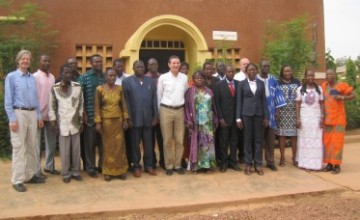
Collaboration with International Organizations
Joint edition and production of documents using a common language and validated by all members, which can be used for different purposes (prevention tool, facilitation of work between pre-post and operative teams etc).
For example, since 2012 a working group composed of the international organizations Médecins Sans Frontiers (MSF), the International Dental Federation and the members of the International NoNoma Federation: Gesnoma, Sentinelles and Winds of Hope have been working on classifying the different stages of progression of noma. In this way the stage of the disease can be rapidly diagnosed even at a distance on the basis of simple, objective observations made on the spot, allowing the patient to be oriented towards the most appropriate treatment facilities. As a result,the working group has recently edited two posters directed at each of the two communication targets: (1) non initiated people, parents in villages,villagers, NGOs, 2)Health workers & health professionals, doctors and nurses (see picture aside). The posters will be disseminated in the field current spring- summer 17.
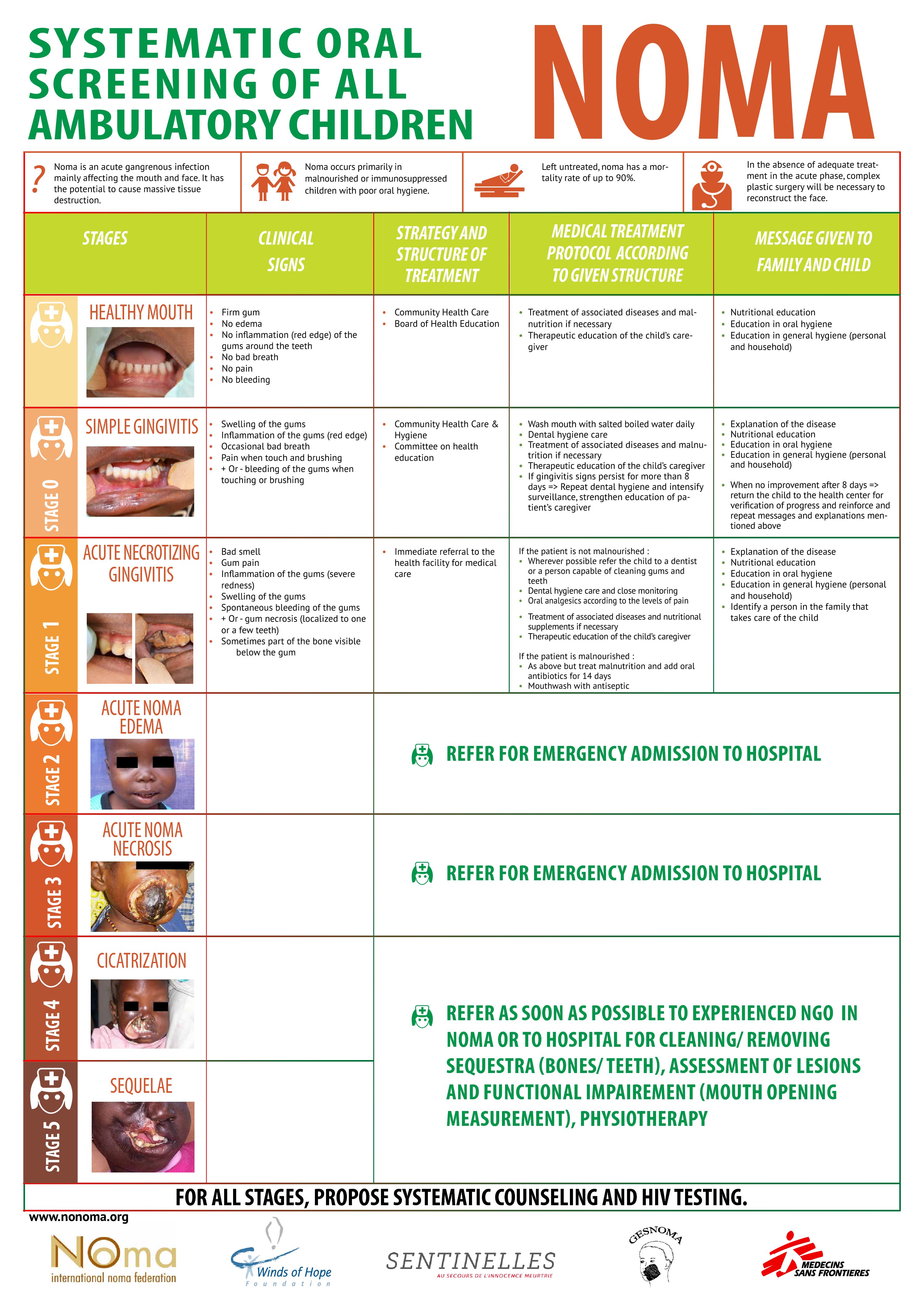
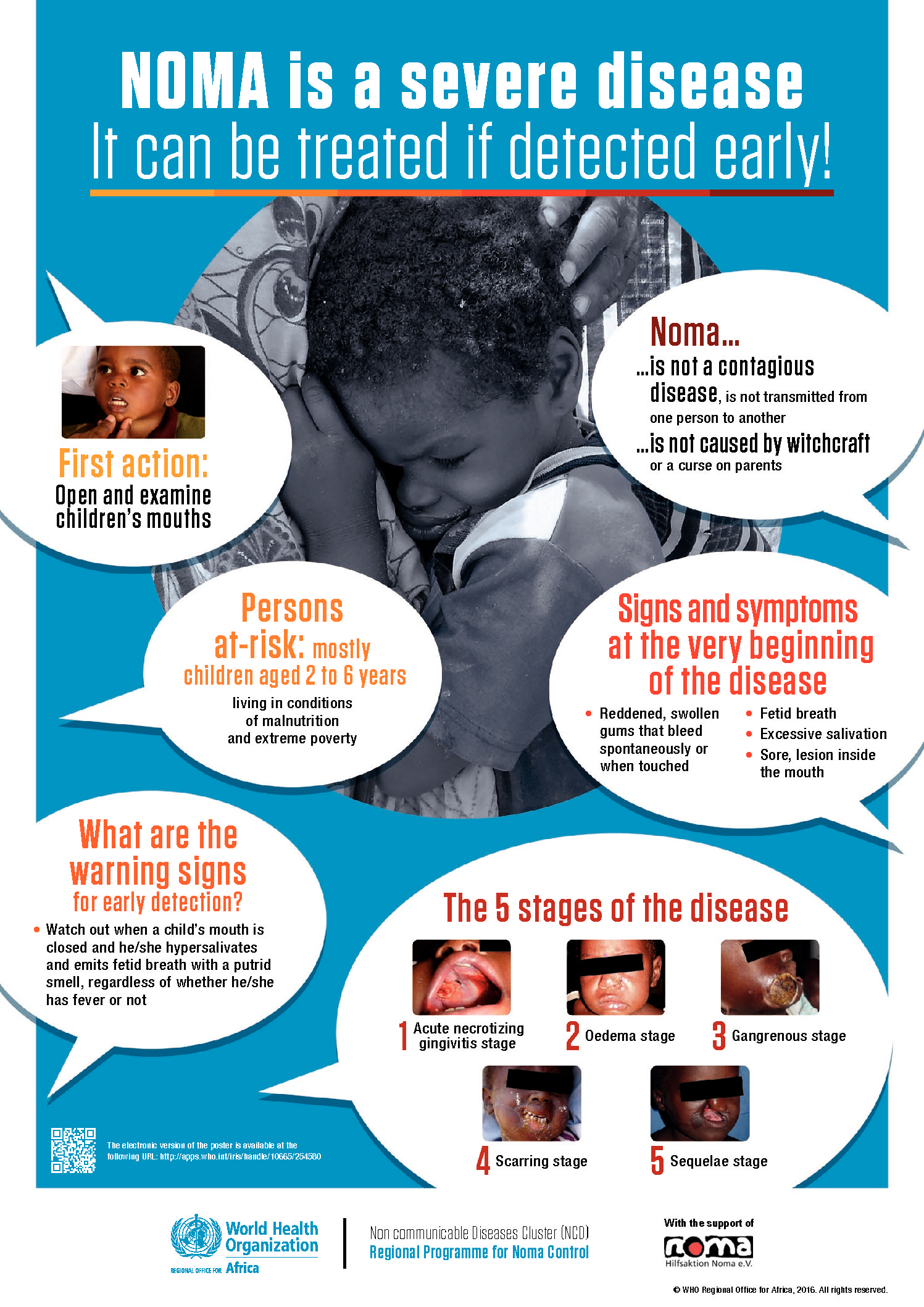
The World Health Organization(WHO) and Hilfsaktion Noma e.v (another member of the International NoNoma Federation) have elaborated also a poster classifying the different stages of progression of noma and the action to take at each stage. WHO consulted many noma experts of the International NoNoma Federation (Sentinelles, Gesnoma, Persis Burkina to mention only a few of them) before producing this poster. Those experts worked also on the elaboration of the poster mentioned in the first paragraph.
The two posters complement each other and use a common language to facilitate understanding and interpretation of the final beneficiaries.
Mobilizing international action and advocacy
- Sensitizing public opinion, the authorities, the private sector, the international community and the media to the existence and reality of this forgotten disease
- Advocating its elimination (organization in 2008 of the first World “Noma Day”)
